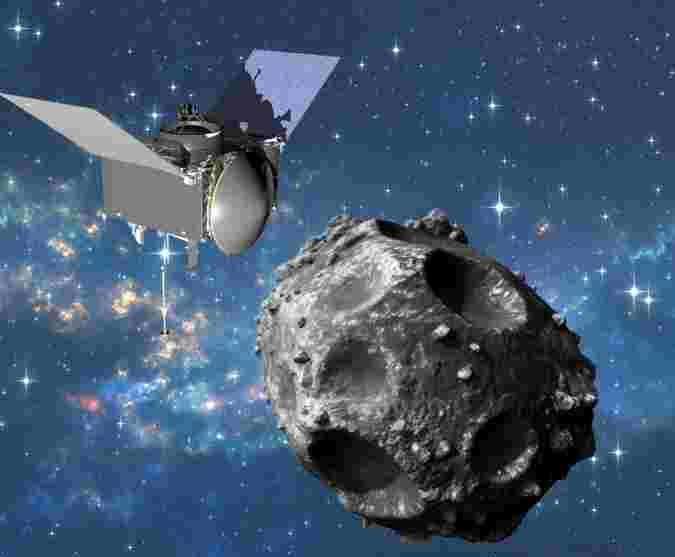NASA’s OSIRIS-REx Mission: A Groundbreaking Discovery from Asteroid Bennu
NASA’s OSIRIS-REx spacecraft, launched in 2016, successfully completed its mission of collecting samples from the asteroid Bennu in 2020. On September 24, 2023, the spacecraft delivered these precious samples to Utah Test and Training Range in the United States. Scientists have since been analyzing the material, and the results, released in January 2025, revealed astonishing new insights—far beyond initial expectations.
Why Was Bennu Chosen for Exploration?
Bennu was selected for study because of its rich organic composition. Earlier observations suggested that it contained carbon-based molecules, essential for life’s building blocks. Another reason was its pristine condition—Bennu has remained unchanged since the early days of the Solar System, acting like a time capsule preserving ancient materials.
Water and Unexpected Minerals Discovered
Scientists had anticipated finding water-related compounds, and their predictions proved correct. The sample analysis confirmed the presence of clay minerals capable of storing water. However, the biggest surprise was the discovery of a variety of minerals, including salts, carbonates, sulfates, and phosphates. These minerals closely resemble those found in Earth’s dried-up lakes, suggesting that Bennu may have once contained water reservoirs—possibly underground pools or water-filled craters in the past.
Key Building Blocks of Life Detected
Among the most groundbreaking discoveries were 14 out of 20 amino acids used in protein production and all five nucleobases that form DNA and RNA. Additionally, a complete set of water-evaporated minerals was found, further strengthening the idea that Bennu had interactions with liquid water in its distant past.
The presence of soluble phosphates is particularly intriguing. It suggests that Bennu might have once been part of a larger, water-rich structure, possibly a mud-covered celestial body billions of years ago. Alternatively, it could indicate that Bennu originated from a planet-like body with complex geological processes.
A Surprise Element: Ammonia
One of the most unexpected findings was the high concentration of ammonia, a crucial compound for the formation of amino acids and nucleobases. This discovery strengthens the idea that the fundamental ingredients for life may be widespread throughout the universe. However, despite the presence of organic molecules, Bennu itself does not support life. The lack of an atmosphere and stable temperatures—with conditions ranging from -73°C to 116°C—makes it an inhospitable environment.
Why Are These Findings So Important?
Similar organic molecules have been found in meteorites that fell to Earth, but scientists could never confirm their extraterrestrial origins. When meteorites enter Earth’s atmosphere, they experience intense heat and possible biological contamination, making it difficult to determine if their compounds truly came from space.
The Bennu samples are different. They are 4.6 billion years old and were safely transported to Earth inside a heat-shielded capsule, ensuring that they remained unaltered. This gives scientists an unmatched level of confidence in their findings.
With the OSIRIS-REx mission, researchers now have a direct window into the earliest days of the Solar System, helping them refine and expand our understanding of planetary formation and the origins of life’s essential ingredients.
What’s Next for OSIRIS-REx?
The mission does not end here. After dropping the sample capsule over Earth, OSIRIS-REx fired its engines and set off on a new journey. Now renamed OSIRIS-APEX (OSIRIS-Apophis Explorer), the spacecraft is heading toward Apophis, a different near-Earth asteroid. Unlike Bennu, OSIRIS-APEX will not collect samples but will study the materials beneath Apophis’ surface, offering new insights into the composition of another celestial body.
With these discoveries, OSIRIS-REx has not only provided critical information about the early Solar System but has also paved the way for future missions exploring the mysteries of asteroids and their role in the origins of life.







